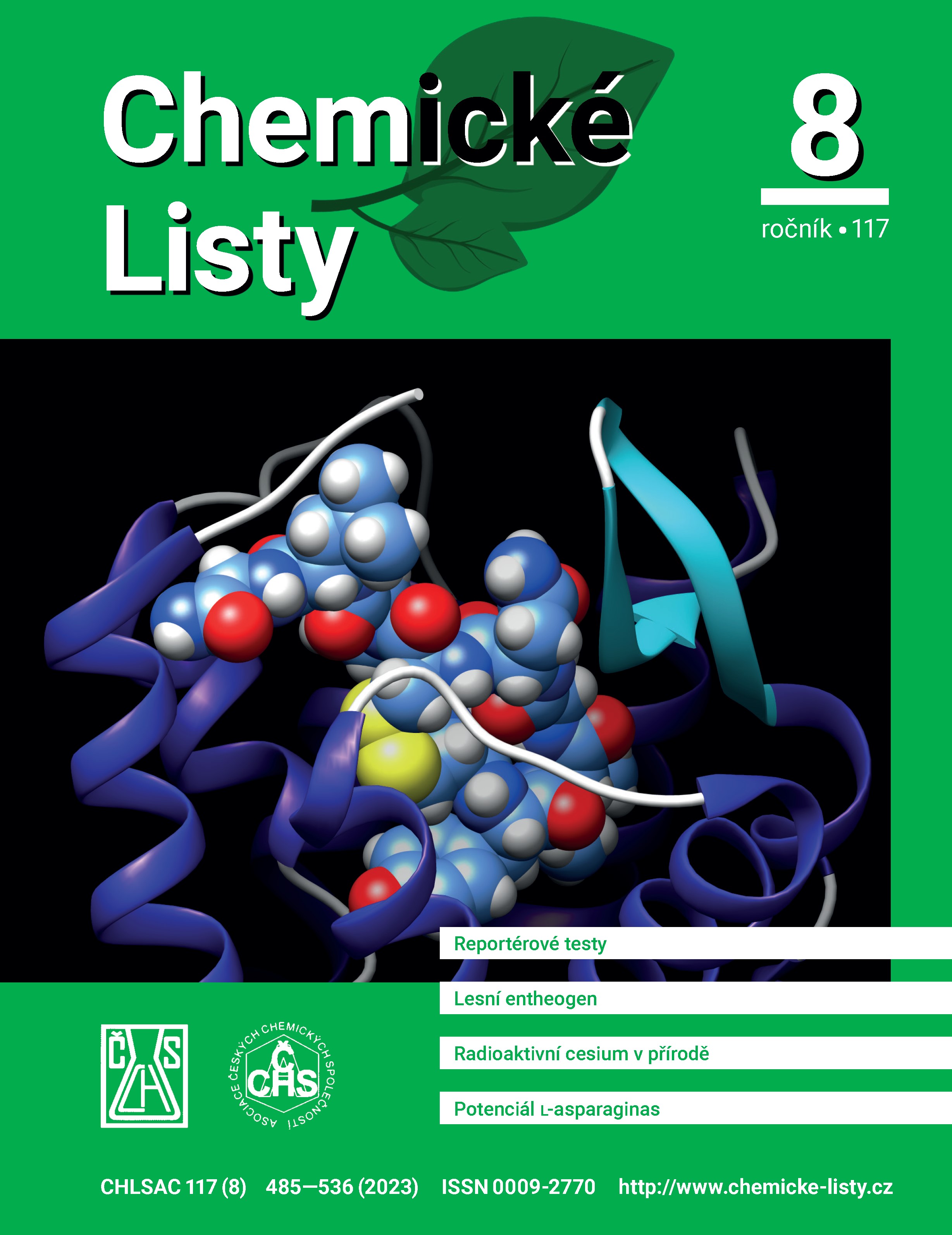Využití reportérových testů při sledování buněčného stresu a toxicity
DOI:
https://doi.org/10.54779/chl20230487Klíčová slova:
plasmid, regulace genové exprese, transfekce, luciferasa, in vitro test, reportér, genotoxicita, poškození DNAAbstrakt
Monitoring the influence or process of gene expression is a very important part of research in many studies. Currently, many methods are being developed to facilitate the monitoring of gene expression regulation, the use of gene reporter assays being one of the examples. These systems represent an extensive set of tools to study the regulatory sequences of promoters, enhancers, and transcription factors. There are several assays using reporter cells to determine the biological activity of the compounds studied. The aim of this review article is to present the preparation of reporter plasmids, which is always the first step in assays using reporter genes. Subsequently, the most common types of reporter test are described, and examples of their use in in vitro testing are presented.

Sledovat ovlivnění či průběh genové exprese je v mnoha studiích velmi důležitou součástí výzkumu. V současné době dochází k rozvoji mnoha metod usnadňujících sledování regulace genové exprese, jedním z takových příkladů je využití tzv. genových reportérových testů (z angl. gene reporter assays). Tyto systémy představují rozsáhlý soubor nástrojů ke studiu regulačních sekvencí promotorů, zesilovačů a transkripčních faktorů. Existuje celá řada testů využívajících reportérové buňky pro stanovení biologické aktivity studovaných sloučenin. Cílem tohoto přehledového článku je představit přípravu reportérových plasmidů, což je vždy prvním krokem u testů využívajících reportérové geny. Následně budou popsány nejčastější druhy reportérových testů a představeny příklady jejich použití v testování in vitro.





